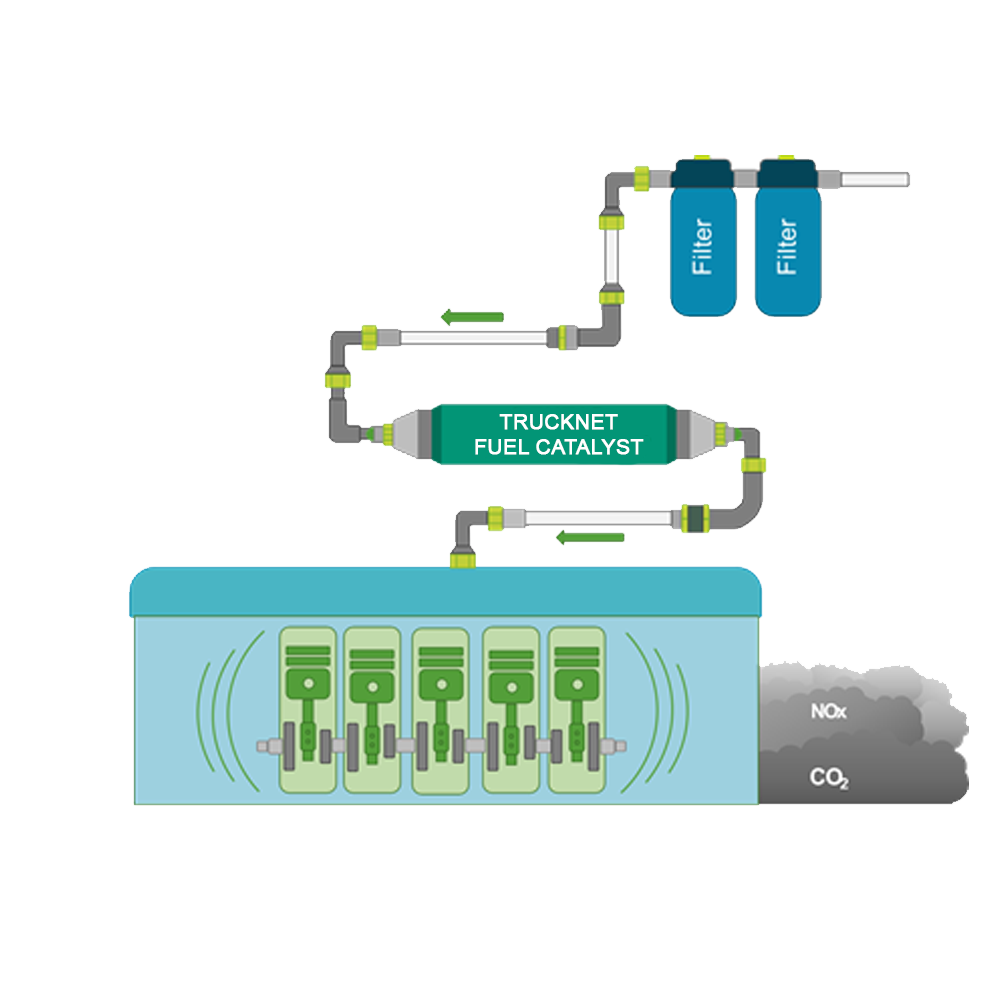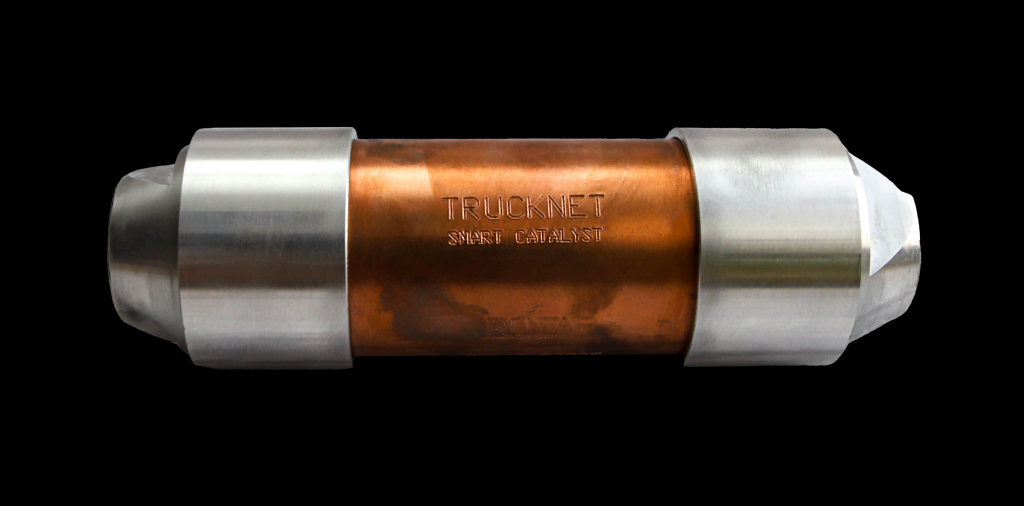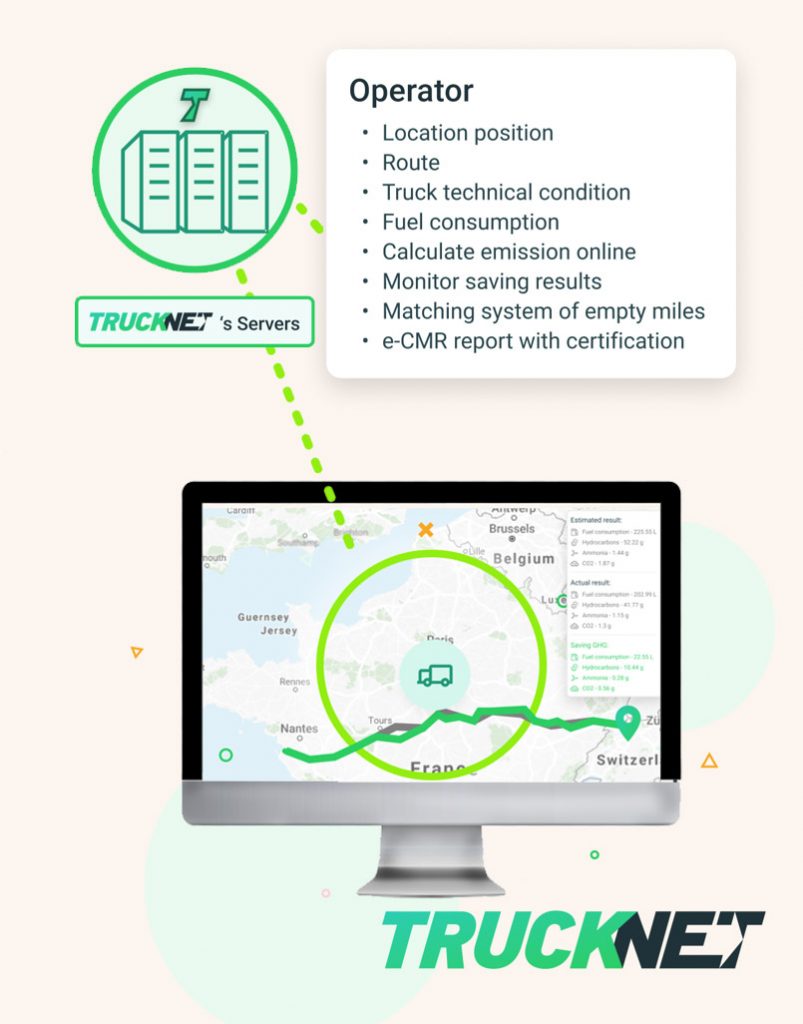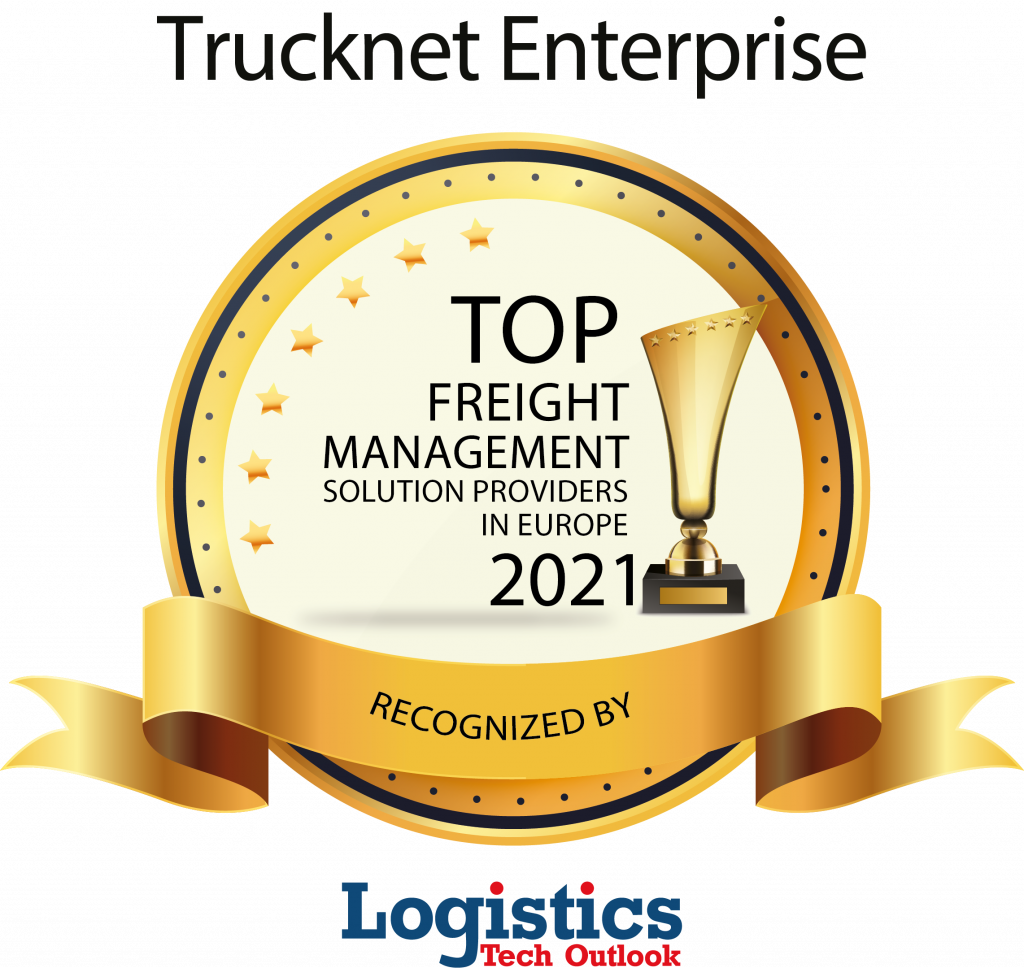Challenges of fuel consumption in transportation sector
In everyday life in the world of logistics, we deal with issues of fuel consumption, the cost for diesel fuel and the high quantity of greenhouse gas (GHG) emissions; over 20% of global emissions are from the transport sector. It is simple math: each truck on the road emits around 223 tons of GHG emissions annually. From the beginning of 2022 the price of diesel has risen by 35% in the US due to Russian-Ukrainian war, while, on average, annual truck mileage is about 193,000 kilometers with fuel costs at around $67,000.
Achieving zero emissions is a huge challenge. Among the many measures being discussed and implemented for promoting low-carbon economies is electrification of the transport sector, with electricity generated from renewable sources. Though electric passenger car use is quickly spreading all over the world, electric transport for heavy vehicles is developing at a much slower pace and real solutions are not yet available. Diesel remains the main type of fuel for heavy vehicles – used by 96% of the trucks in Europe and 76% of those in the United States.
We believe that the world needs to act now to find a sustainable solution for the logistics sector. And Trucknet has found a solution for saving diesel in heavy transport. The United States Ministry of Defense invested in a patent and Trucknet has received exclusive approval to use this patented smart catalyst device within its platform, which offers monitoring and calculation of GHG emissions. One of the main advantages of the device is that it can be installed between the fuel filter and the high-pressure fuel pump, without changing the system of the engine.

How does this device work?
In regular diesel engines fuel molecules have a natural tendency to cluster. Clustered molecules do not burn completely. At the point of combustion, the outer molecules shield the inner molecules from being completely covered with oxygen. The result is that the molecules untouched by oxygen go unburned and are blown out of the exhaust as wasted fuel in the form of CO, CO2, SO2, NOx, total hydrocarbons, particulate matter (PM) and other harmful greenhouse gases.
When using the Trucknet smart fuel catalyst, fuel passes through the device allowing it to burn more efficiently, using precisely manufactured combinations of rare earth elements and refined metals reactions. Polarization or separation of clustered fuel molecules provides for more molecules to be exposed to oxygen. The fuel molecules temporarily repel each other creating more surface area which allows oxygen and hydrogen to surround the dispersed molecules, facilitating a more complete fuel burn. Changing the ratio of single-bonded unsaturated straight-chain aliphatic compounds to double-bonded non-saturated ring-compound aromatics releases a small quantity of hydrogen gas.


What problems does the fuel catalyst solve?
Use of the device can bring about a number of environmental and financial advantages. The savings for fuel is reaching 10% and for emissions is up to 20%. To clarify the figures, we can look at the data presented at the beginning of the article: for an average truck the savings on fuel will be approximately $6,700 and 67 tons of GHG emissions per year! In addition, the catalyst is easy to install by diesel mechanics, even those without special skills or equipment, within 30 minutes; thereby extending engine life, reducing the amount of black carbon from the exhaust by up to 50% with an ROI of less than 12 months. Moreover, the device does not need any maintenance and has a warranty for three years.
The device is used in combination with our platform, through a system provided to monitor the savings gained; the results appear in each e-CMR after every ride is completed, part of the synergy of the Israel-USA venture. We believe that in addition to optimization of the logistics process and reducing empty miles it is important to document the results of actual emissions saved from the use of the smart fuel catalyst.
The emissions saved can be traded in the carbon markets that are opening up around the world.
Save fuel – save emissions – save money.




